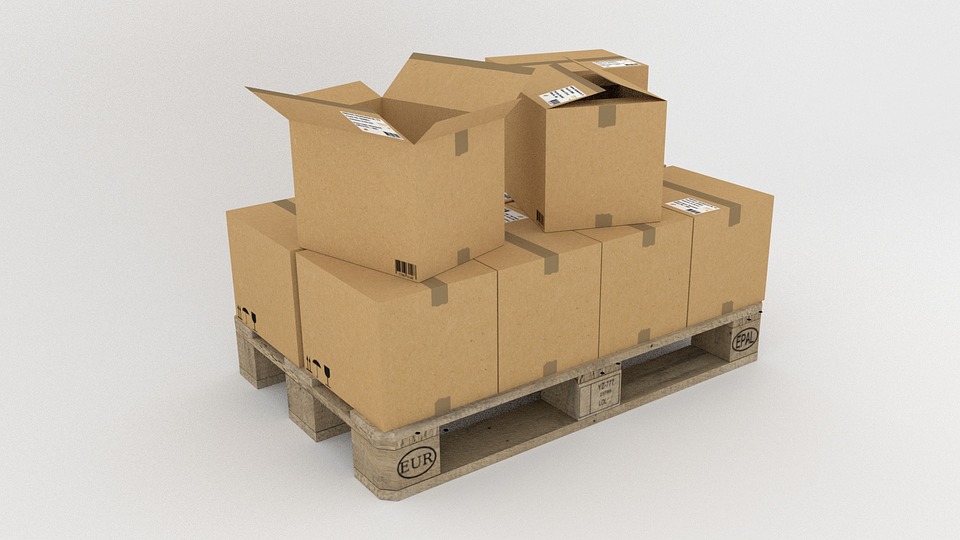
Sponsored article
Great care must be taken when preparing goods for transportation. One of the major concerns that most people have is ensuring that the goods reach their destination intact. Packaging requirements vary; therefore, it is important to know what type of packaging is best suited for your goods.
The risks of improper packaging of goods are quite obvious. Especially in e-commerce, selling a product to a customer can only be very costly if the improperly packaged goods are damaged before they arrive or if you need to ship raw materials to a project site, but because the supplies were damaged, the entire project may be postponed. This indirect cost of damaged goods can be quite high, with replacement costs, additional transportation costs, and lost time.
Whether you are shipping goods on pallets, in large boxes, or on freight, there are a few important things you need to keep in mind when preparing goods for transport. Failure to follow the proper methods can result in wasted time, increased expenses, frustration, and possibly legal ramifications.
While freight drivers would take every possible step to secure your goods unless they are well packed, there is often very little that a driver can do to completely protect them from damage.
Make sure you pack all items separately. If they are packed together, it can cause them to break. You need to have something protective between the items – otherwise they would collide during transport and may crack, chip or break each other.
In case you have the original packaging of the item with all the inner padding, make sure you use it. This is the optimal box that can protect your items from damage. However, if you don’t have a satisfactory cardboard box, you need to wrap your product in something that will give it adequate protection – such as bubble wrap. This is one of the best packing materials. Remember to wrap things in such a way that the bubbles are facing inwards, towards the item.
The best way to pack goods for shipping is to use two cardboard boxes. A smaller, inner box can provide an extra layer of protection. This inner box should be the original box of the product. However, if this is not available, choose a sturdy corrugated box to protect the contents.
The inner box must be large enough that the contents do not touch any corners, sides, or any other objects in the carton. Keep in mind, however, that the inner box should not be too large, or you will end up topping it off with piles of filler.
Place a layer of filler on the bottom of the box before packing the goods. You can use corrugated cardboard inserts, crumpled paper, packing Styrofoam, foam or inflatable packaging. Place your packaged goods on top of this, then fill the top and sides with more filler.
Make sure that the filler is compact so that the items cannot move or touch the sides of the boxes or each other. You need to make sure that once the box is sealed, your goods will not move or break even if you drop them. Last detail, but not least – make sure the box is properly secured with packing tape ( packing tape dispensers will be a good option here).
Choose a padded box that is strong enough to support the weight of the goods without causing any damage. The ideal size of cardboard box is one that fits tightly inside, but is not too small that the walls can bend outward. Use fillers to cushion between the inner and outer boxes to make sure the inner container doesn’t slide around the outer packing box.
Once the goods are packed, the next thing to do is label the box, especially if it contains fragile items. A clear label lets the shipping company know that the box needs extra attention during handling. It usually includes contact information, delivery instructions, number of items in the shipment, delivery address and tracking number.
It is always a good idea to use standard labels with arrows to indicate which way to place them. To minimize the risk of a shipment going astray, it is important that the label is legible and properly attached to the box.
If your goods are expensive, it is recommended that you purchase shipping insurance. Although your products are perfectly packed and transported with utmost care, there are goods that cannot bear even the slightest risk. By buying insurance, you can get compensation in case your goods are damaged in transit.
(Photo: pixabay.com)